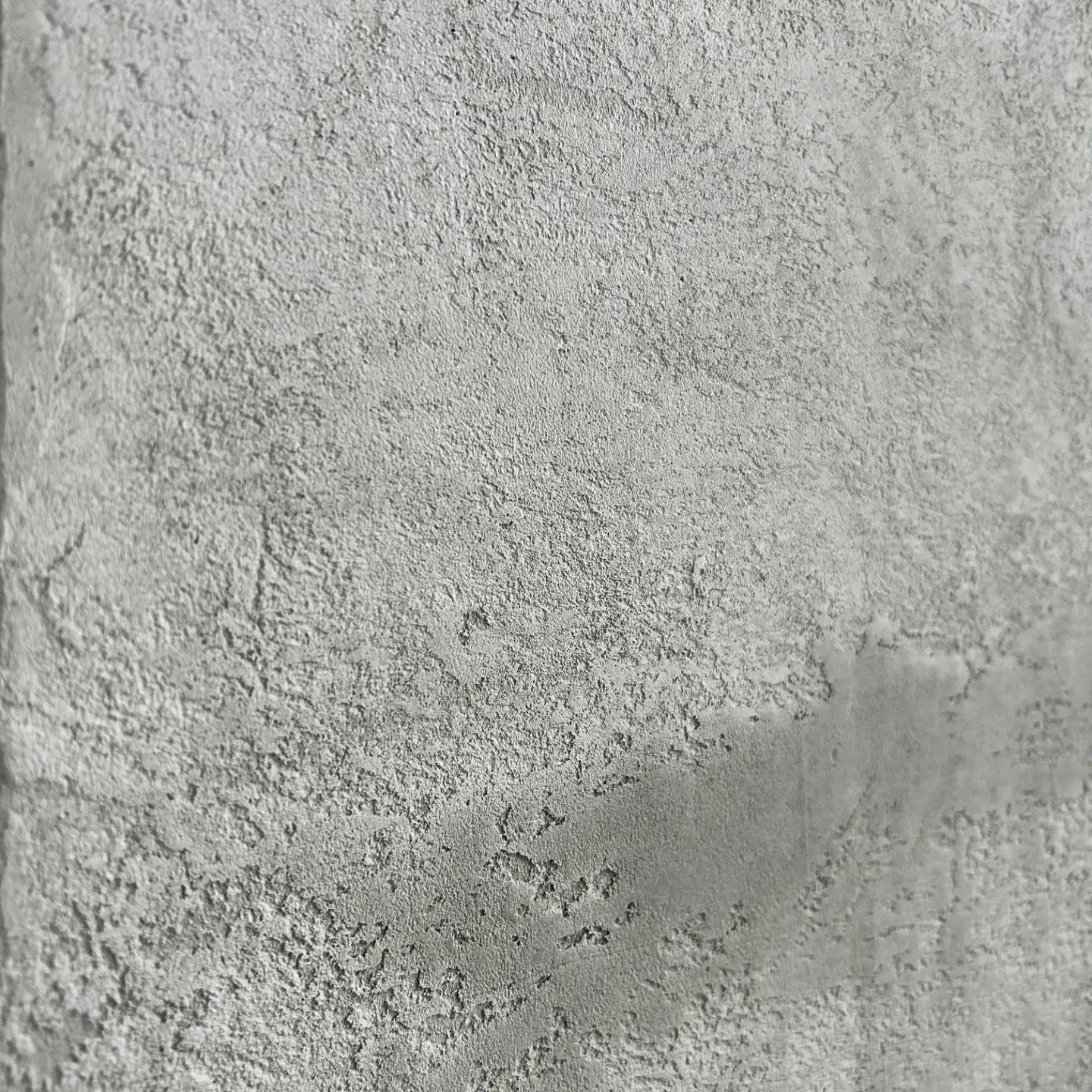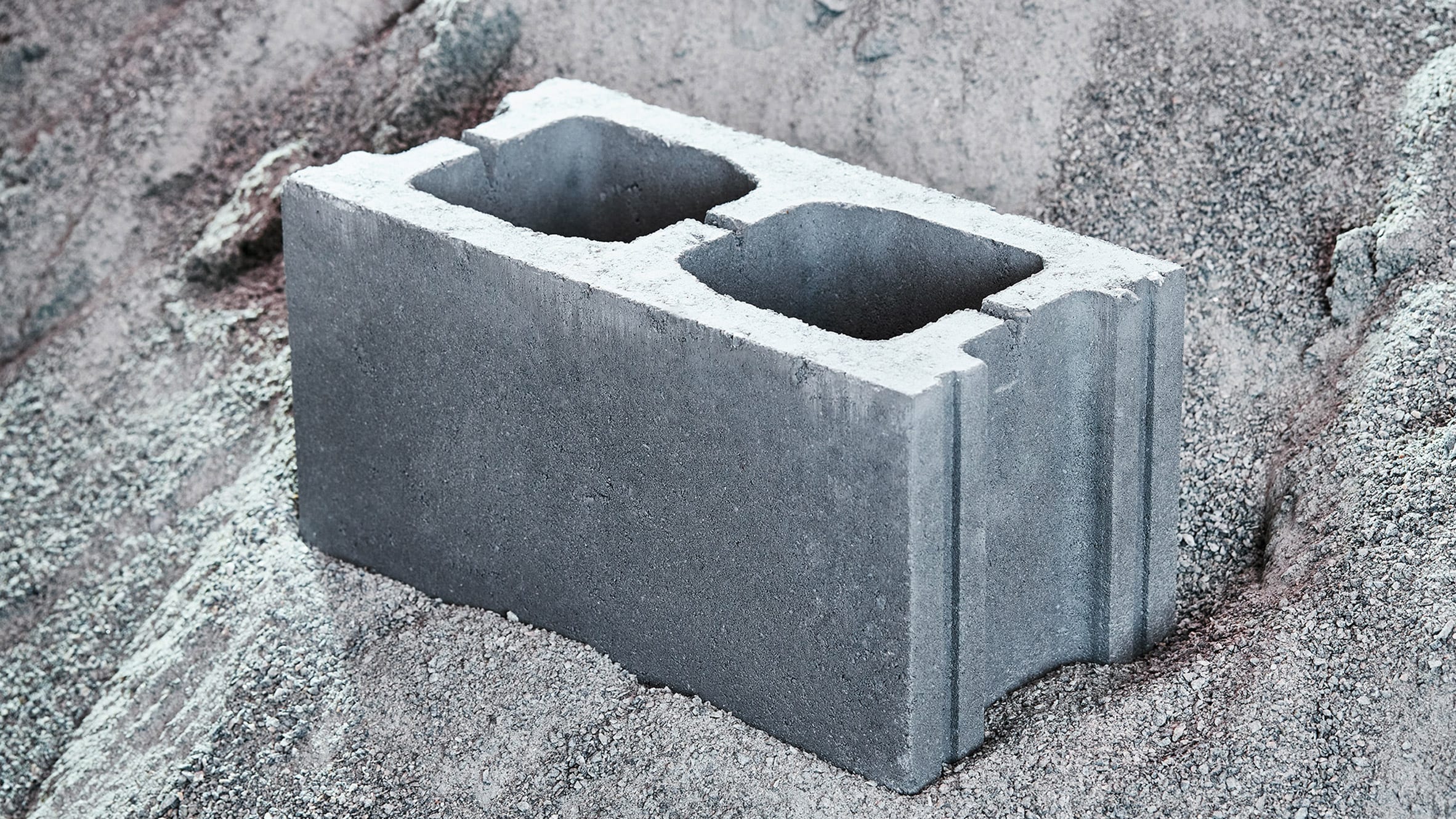High-grade Concrete Solutions: Durable Solutions for Your Building Demands
High-grade Concrete Solutions: Durable Solutions for Your Building Demands
Blog Article
Introducing the Eco-Friendly Advantages of Using Recycled Concrete in Sustainable Building And Construction Practices
In the world of lasting building and construction practices, the utilization of recycled concrete stands as an essential yet commonly underestimated resource. Past its traditional applications, recycled concrete offers a myriad of environmentally friendly advantages that extend much beyond the confines of conventional building and construction materials. From reducing ecological impact to improving cost-efficiency, the implications of including recycled concrete in sustainable building methods are considerable. This versatile material not only addresses pushing environmental concerns yet additionally provides a sensible service to the obstacles dealt with by the building and construction market at big.
Ecological Benefits
By including recycled concrete into construction practices, there is a considerable decrease in the need for brand-new raw products, leading to preservation of all-natural sources. Additionally, the use of recycled concrete decreases the quantity of waste being sent out to garbage dumps, thus minimizing environmental air pollution and easing the strain on landfill capabilities (Concrete).

In comparison, recycled concrete has a reduced carbon footprint as it lowers the need for new concrete manufacturing. On the whole, the ecological benefits of utilizing recycled concrete are substantial and play a crucial duty in advertising environmentally friendly building and construction techniques.
Cost-Efficiency
Attaining cost-efficiency is a vital consideration when evaluating the application of recycled concrete in building projects. One of the crucial advantages of making use of recycled concrete is its cost-effectiveness contrasted to conventional concrete.
Additionally, using recycled concrete can result in financial savings in landfill expenses by diverting concrete waste from disposal sites. This not just decreases the environmental effect yet additionally eliminates the expenses associated with waste removal. Moreover, the durability and performance of recycled concrete approach traditional concrete, making certain that price financial savings do not endanger the quality of the building.
Sturdiness and Toughness
Considering the substantial cost-efficiency advantages of using recycled concrete, it is necessary to analyze its resilience and strength in construction applications. Recycled concrete deals equivalent, if not exceptional, durability and stamina buildings to traditional concrete. Via advancements in processing strategies and quality control, recycled concrete can meet or exceed the performance requirements of traditional concrete. The process of reusing concrete involves crushing, sorting, and screening old concrete to create accumulations that can be utilized in new construction projects. These recycled accumulations can offering acceptable compressive stamina, toughness, and lasting performance.

Waste Decrease
When it comes to making use of recycled concrete, waste decrease is a vital benefit that contributes dramatically to ecological preservation. By including recycled concrete right into building tasks, this waste is repurposed and drawn away from land fills, minimizing the general ecological influence of building tasks.
In addition, the usage of recycled concrete can lead to cost financial savings for building tasks, as it is usually a lot more affordable than sourcing and moving new products - Concrete. In conclusion, waste reduction through the utilization of recycled concrete is an essential part of sustainable building and construction techniques that benefits both the setting and the building and construction market as a whole.
Energy Conservation
Energy conservation is a crucial aspect of sustainable construction methods, aiming to decrease the overall power intake associated with building operations and products manufacturing. Considerable power financial savings are attained compared to standard concrete production when it comes to utilizing recycled concrete in building and construction. The procedure of creating recycled concrete entails reusing and crushing existing concrete products, which takes in less energy than mining, handling, and transferring raw materials for brand-new concrete manufacturing. Furthermore, the use of recycled concrete can help decrease the need for virgin aggregate, more minimizing the energy-intensive removal and processing of natural resources.
Final Thought
To conclude, our website the application of recycled concrete in lasting building methods provides numerous environmental advantages, cost-efficiency, durability, strength, waste decrease, and energy preservation. By integrating recycled concrete into building jobs, you can find out more we can add to a much more eco-friendly and lasting future. It is vital for the building industry to focus on using recycled products to help in reducing the environmental impact of building and construction activities.
One of the essential advantages of utilizing recycled concrete is its cost-effectiveness contrasted to traditional concrete.Moreover, the usage of recycled concrete can lead to savings in garbage dump expenses by diverting concrete waste from disposal websites. The toughness and efficiency of recycled concrete are similar to standard concrete, guaranteeing that price financial savings do not jeopardize the top quality of the building.

Report this page